Chufan Xiao
GAME: Generalized deep learning model towards multimodal data integration for early screening of adolescent mental disorders
Sep 18, 2023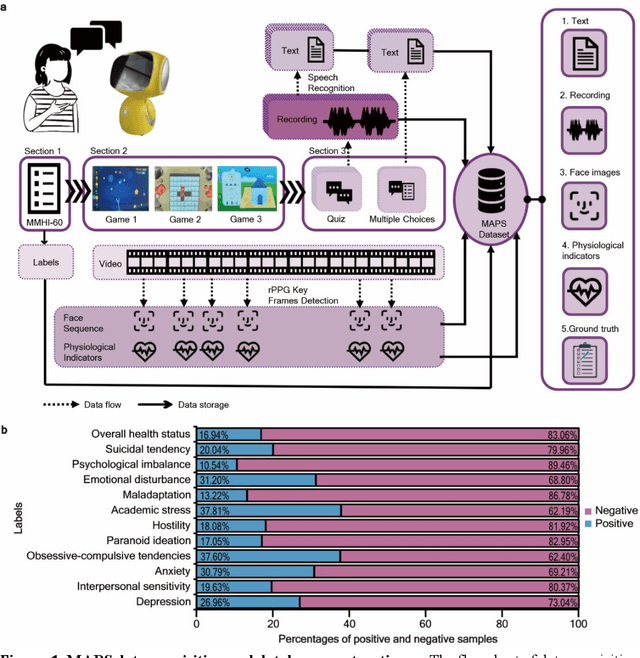


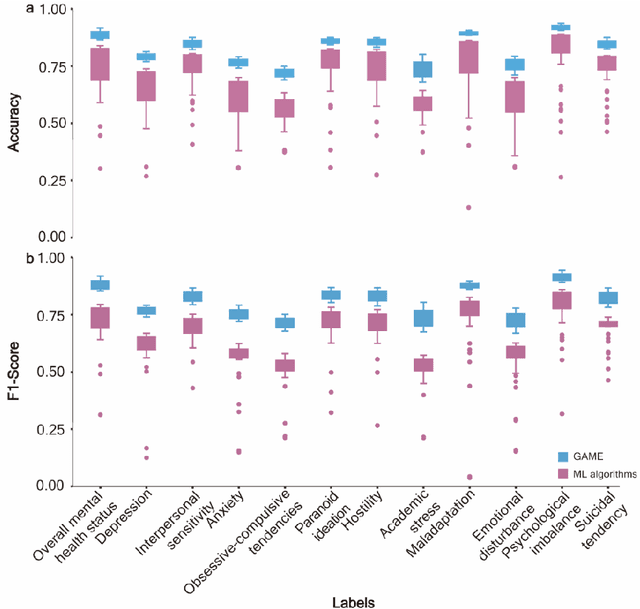
Abstract:The timely identification of mental disorders in adolescents is a global public health challenge.Single factor is difficult to detect the abnormality due to its complex and subtle nature. Additionally, the generalized multimodal Computer-Aided Screening (CAS) systems with interactive robots for adolescent mental disorders are not available. Here, we design an android application with mini-games and chat recording deployed in a portable robot to screen 3,783 middle school students and construct the multimodal screening dataset, including facial images, physiological signs, voice recordings, and textual transcripts.We develop a model called GAME (Generalized Model with Attention and Multimodal EmbraceNet) with novel attention mechanism that integrates cross-modal features into the model. GAME evaluates adolescent mental conditions with high accuracy (73.34%-92.77%) and F1-Score (71.32%-91.06%).We find each modality contributes dynamically to the mental disorders screening and comorbidities among various mental disorders, indicating the feasibility of explainable model. This study provides a system capable of acquiring multimodal information and constructs a generalized multimodal integration algorithm with novel attention mechanisms for the early screening of adolescent mental disorders.
Mixed-UNet: Refined Class Activation Mapping for Weakly-Supervised Semantic Segmentation with Multi-scale Inference
May 06, 2022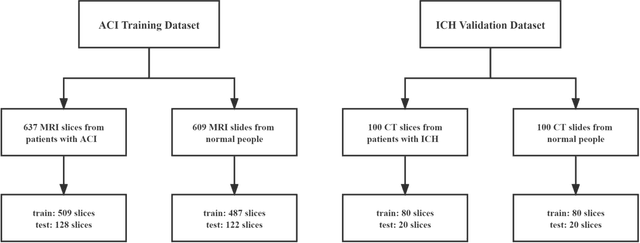
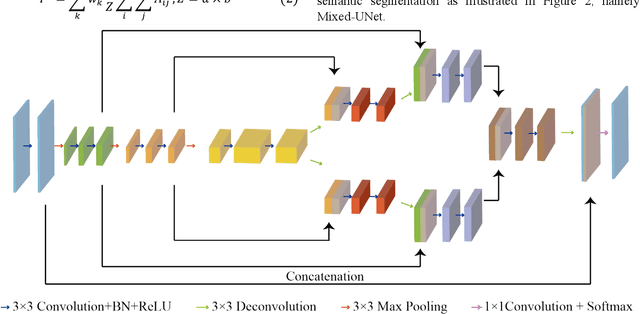
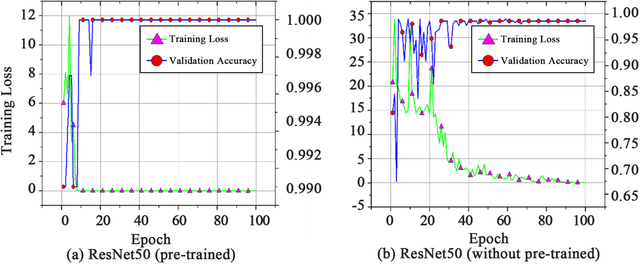
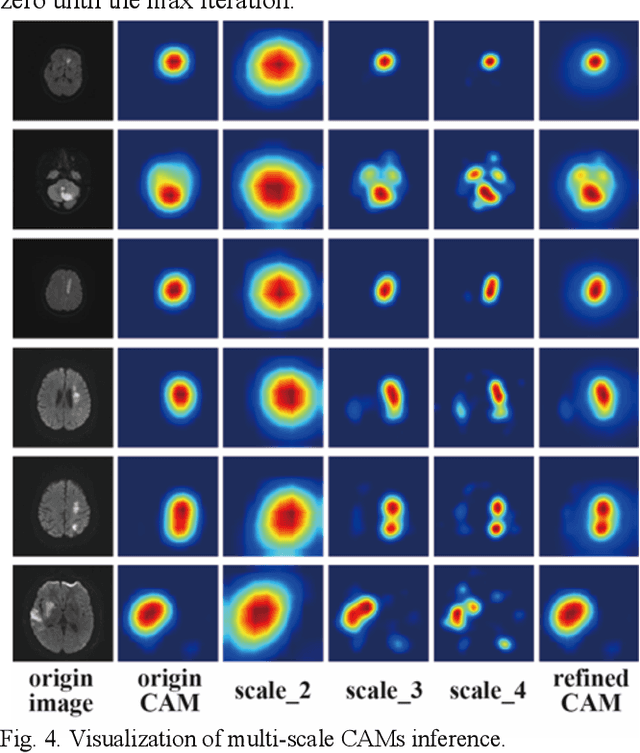
Abstract:Deep learning techniques have shown great potential in medical image processing, particularly through accurate and reliable image segmentation on magnetic resonance imaging (MRI) scans or computed tomography (CT) scans, which allow the localization and diagnosis of lesions. However, training these segmentation models requires a large number of manually annotated pixel-level labels, which are time-consuming and labor-intensive, in contrast to image-level labels that are easier to obtain. It is imperative to resolve this problem through weakly-supervised semantic segmentation models using image-level labels as supervision since it can significantly reduce human annotation efforts. Most of the advanced solutions exploit class activation mapping (CAM). However, the original CAMs rarely capture the precise boundaries of lesions. In this study, we propose the strategy of multi-scale inference to refine CAMs by reducing the detail loss in single-scale reasoning. For segmentation, we develop a novel model named Mixed-UNet, which has two parallel branches in the decoding phase. The results can be obtained after fusing the extracted features from two branches. We evaluate the designed Mixed-UNet against several prevalent deep learning-based segmentation approaches on our dataset collected from the local hospital and public datasets. The validation results demonstrate that our model surpasses available methods under the same supervision level in the segmentation of various lesions from brain imaging.
 Add to Chrome
Add to Chrome Add to Firefox
Add to Firefox Add to Edge
Add to Edge